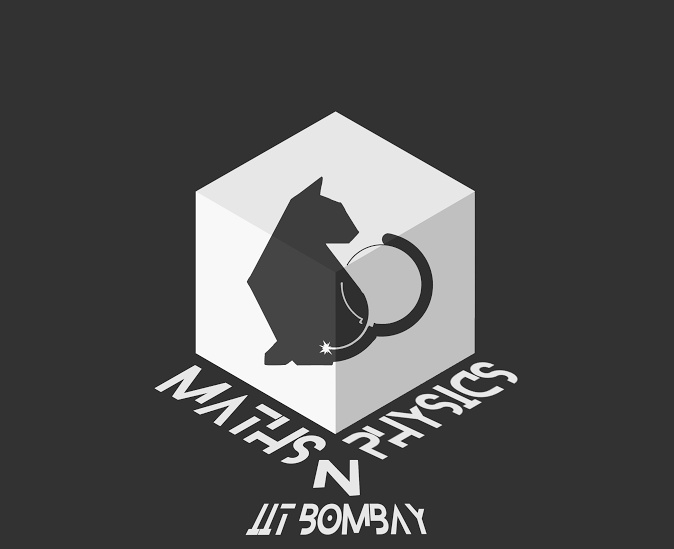Most chess players are familiar with problems of the type “White to play and win in 3 moves”. However, here you will explore a very different genre of chess puzzles, retrograde analysis. Or perhaps, a more accurate description would be: utilising the rich set of chess rules to build interesting logic puzzles
Retrograde analysis of chess puzzles, loosely, has the following meaning:
Given a game position (and possibly some additional information), deduce the previous move(s) and/or some other answers about the game.
The only constraint is the legal validity of moves as per chess rules, not whether they are sensible moves to help win an actual game!
Formally, retrograde analysis is a method in game theory to solve game positions for optimal play by backward induction from known outcomes. A sub-genre of solving certain chess problems uses retrograde analysis to determine which moves were played to reach a position, and for the proof game, whether a position is legal in the sense that it could be reached by a series of legal moves from the initial position.
You don’t need to have an actual chessboard to understand this talk or the puzzles based on it, and you definitely do not need knowledge/experience of how to actually win a game. So, anyone with a basic knowledge of chess rules can follow along without much difficulty!
In this talk, Prashant Sohani introduced us to a couple of basic to intermediate analysis problems, while also taking the time to introduce us to some technicalities involved, like negative notation, parity analysis and so on. Viewers were also introduced to a not-so-well-known rule in chess, namely, the en passant pawn capture. At the end of the talk, he also left us with some interesting and mind-boggling puzzles that are sure to make you put on your thinking caps!
Here is the link to the slides used in the presentation.
Prashant Sohani is an almunus of IIT Bombay, Electrical Engineering class of ‘12. He was an ex-manager of both the Maths and Physics Club and the Electronics and Robotics Club. He also won a bronze medal in the International Math Olympiad in 2008. He is currently working in Nvidia

Maths & Physics Club
Where Knowledge is Free...



